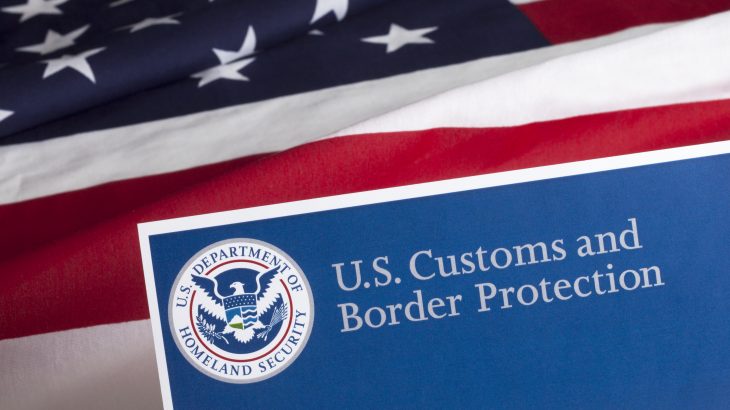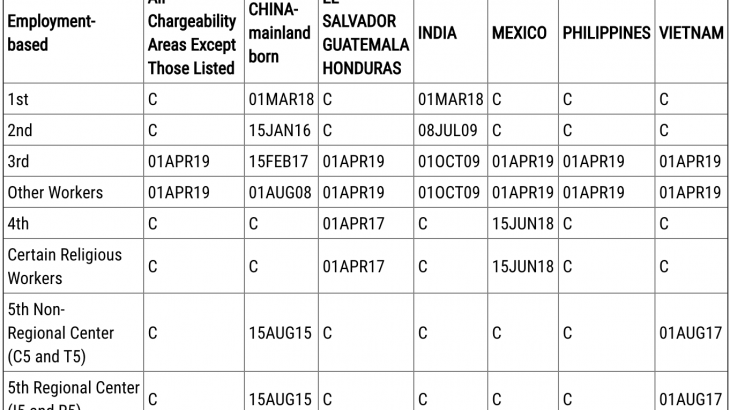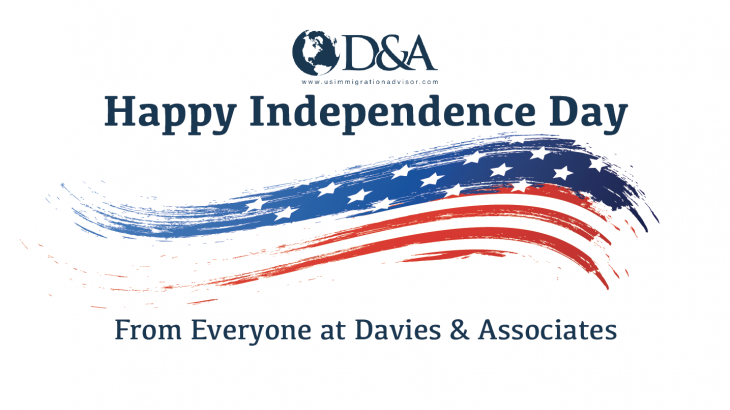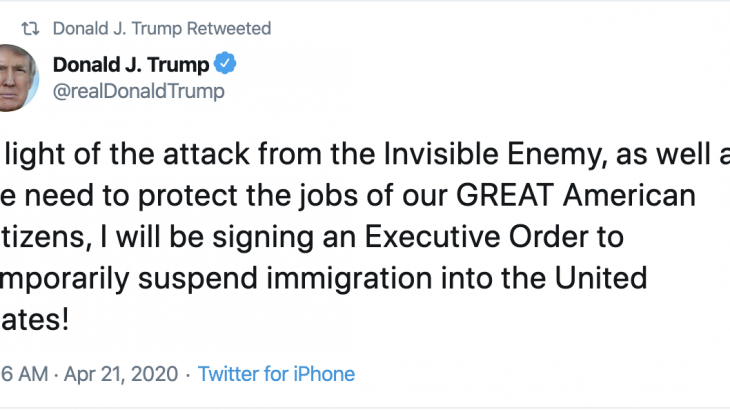Cyprus has announced it is closing its popular citizenship by investment program from next month, so what alternative options are available?
Under the Cyprus program, dual citizenship could be obtained within just six months in exchange for a €2 million investment on the island. Since Cyprus is a European Union member, Cypriot citizenship offered the opportunity to live and work in any one of the 27 EU member states (28 until Brexit).
Maltese Citizenship by Investment
The closure of the Cyprus program leaves Malta as the fastest route to European Union citizenship. The Maltese citizenship program requires a €650,000 donation, a €150,000 investment, as well as a commitment to reside in Malta and meet a threshold cost for the rent or purchase of a home.
EU Residency to Citizenship
The alternative European Union programs are more focused on residency by investment with the opportunity to progress to citizenship after a period of residency has been maintained. Bulgaria offers a fast transition from residency to citizenship, while the UK differs depending upon how much you invest, and for Italy it takes ten years. (More on this below)
Montenegro Citizenship by Investment Program
There is a candidate for European Union membership that offers citizenship by investment for those willing to wait an undetermined period of time to become and EU citizen. Montenegro offers a time-limited citizenship by investment program that is running to the end of 2021. The Montenegro program requires a minimum €250,000 investment in Real Estate (more capital is required in economically developed parts of the country) as well as a €100,000 donation to the public coffers. Not only is Montenegro a candidate for EU membership, it is also a member of NATO.
Turkish Citizenship by Investment
Another nearby NATO member, Turkey, also offers an enticing citizenship by investment program. The Turkish program is cheaper than the Montenegro program in that it only requires a €250,000 investment in Real Estate to be maintained for three years or more. Alternatively, Turkish citizenship could be obtained by maintaining €500,000 in deposits with a Turkish bank for three years.
Access to the United States E-2 Treaty Investor Visa
One of the many advantages of Turkish citizenship is that it offers access to the sought-after United States E-2 Treaty Investor Visa. This visa allows a person to move to the US with their families for the purpose of running a business. While the primary applicant must run the business, the spouse can apply to work in the United States.
You must hold citizenship of an E-2 Treaty country. Check our list to see if your country is on there. Citizens of many countries, including India, China, Vietnam, South Africa, Russia, Nigeria are not eligible for the E-2 visa. Combining an E-2 application with citizenship by investment is relatively straightforward. Click here or contact us to learn more.
Grenada Citizenship by Investment
Another country that offers access to the US E-2 Treaty investor visa is Grenada in the Caribbean. Its citizenship program is even more cost effective than the Turkish program. Investors can choose between making a donation to the government of $150,000 or making an investment in Real Estate starting from $220,000. The Grenada program has fast processing times – it can take less than two months to obtain citizenship. Grenada has a strong passport with visa free access to the UK, the EU and the People’s Republic of China.
–
Comparison of Citizenship by Investment Programs

–
United Kingdom Residency by Investment
Back to Europe, and the alternative options are to obtain residency by investment as a pathway to citizenship over the medium term. The United Kingdom, for example, offers residency in exchange for a minimum £2 million donation. Higher investment amounts reduce the amount of time before you can obtain settled status, termed indefinite leave to remain. For £2 million the time period is five years; for £5 million that is reduced to three years; and for anything upward of £10 million it requires just two years before you can apply for settled status. Twelve months after obtaining indefinitely leave to remain, a person can apply for UK citizenship.
–
UK Investor Visa Options

–
Italian Residency by Investment
Italy offers something similar to the United Kingdom. Recently, in response to Covid-19, the Italian government reduced the investment requirement for its investor visa. Italian residency by investment can be obtained in one of the four ways listed below. The investor must maintain ten years of residency before they can apply to naturalize as an Italian citizen.
at least 250.000 Euros in an innovative start-up company incorporated in Italy;
at least 500.000 Euros in equity instruments of companies incorporated and operating in Italy;
at least 2 million Euros in Government Bonds issued by the Italian Republic
philanthropic donations of at least 1 million Euros, in the field of culture, education, immigration, scientific research, recovery of cultural assets and landscapes
Portugal Residency Permit
Portugal offers a residency permit in exchange for an eligible investment. The permit is granted for a two year period, but can be renewed in two year instalments. After five years, the permit holder can apply for permanent residence or citizenship.
Investment options include, real estate, bank deposits, government bonds, setting up a company, and more. For real estate, the minimum requirement is €350,000 for old houses and €500,000 for newer builds. That amount is reduced in areas of low population density.
Greece Residency Permit
Greece offers residency permits for a cost-effective €250,000 investment in real estate. The permit is granted for five years and can be continuously renewed provided the underlying property ownership is maintained. Lease and timeshare options may also qualify.
United States Investor Visa
The United States EB-5 program offers a Green Card in exchange for a $900,000 investment. The applicant, a spouse, and any children under the age of 21 can be covered by a single investment. A Green Card offers permanent residency in the United States and can subsequently be converted to citizenship, provided residency conditions are met.
The investment must create and sustain ten American jobs and must be made in a Targeted Employment Area (outside of these areas the investment required doubles to $1.8 million.) While you can make and manage the investment yourself, most applicants opt invest with “Regional Centers”.
These organizations aggregate investors into new commercial ventures usually involved in construction. These job-hungry projects help ensure compliance with the requirements of the EB-5 program. While the capital is at risk, careful due diligence of the project and Regional Center will mitigate that risk.
Conclusion
This is not an exhaustive list. Other countries like Spain, Ireland, St Kitts & Nevis, and Dominica all offer residency and citizenship by investment programs. The abrupt departure of the Cyprus from the industry does not end the dream of global mobility by investment. The best thing to do is to share your goals and budgets with an immigration attorney who can advise on the best option to suit you, your family, and your business.
This article is published for clients, friends and other interested visitors for information purposes only. The contents of the article do not constitute legal advice and do not necessarily reflect the opinions of Davies & Associates or any of its attorneys, staff or clients. External links are not an endorsement of the content.



































